The Pyramid Mystery has tickled the fantasy of historians, archeologists and conspiracy theorists for centuries. How did an ancient civilization, manage to construct some of the most awe-inspiring structures on Earth? Theories have ranged from plausible to the outlandishly extraterrestrial. However, a breakthrough given by modern-day Indiana Jones might just have provided the keystone in understanding this age-old enigma.
Prepare to embark on a journey through time, technology, and tantalizing trivia as we decode the Pyramid Mystery.
The Diagonal Pyramid Mystery
The pyramids in Egypt have intrigued experts in Egyptology for many years with their remarkable precision in alignment. The Pyramid Diagonal is formed by the southwest corners of each pyramid aligning in a perfectly straight line when connected diagonally. What additionally makes this even more impressive is that this line connects all the way to the Temple of Heliopolis. This remarkable alignment is located on the opposite side of the River Nile.
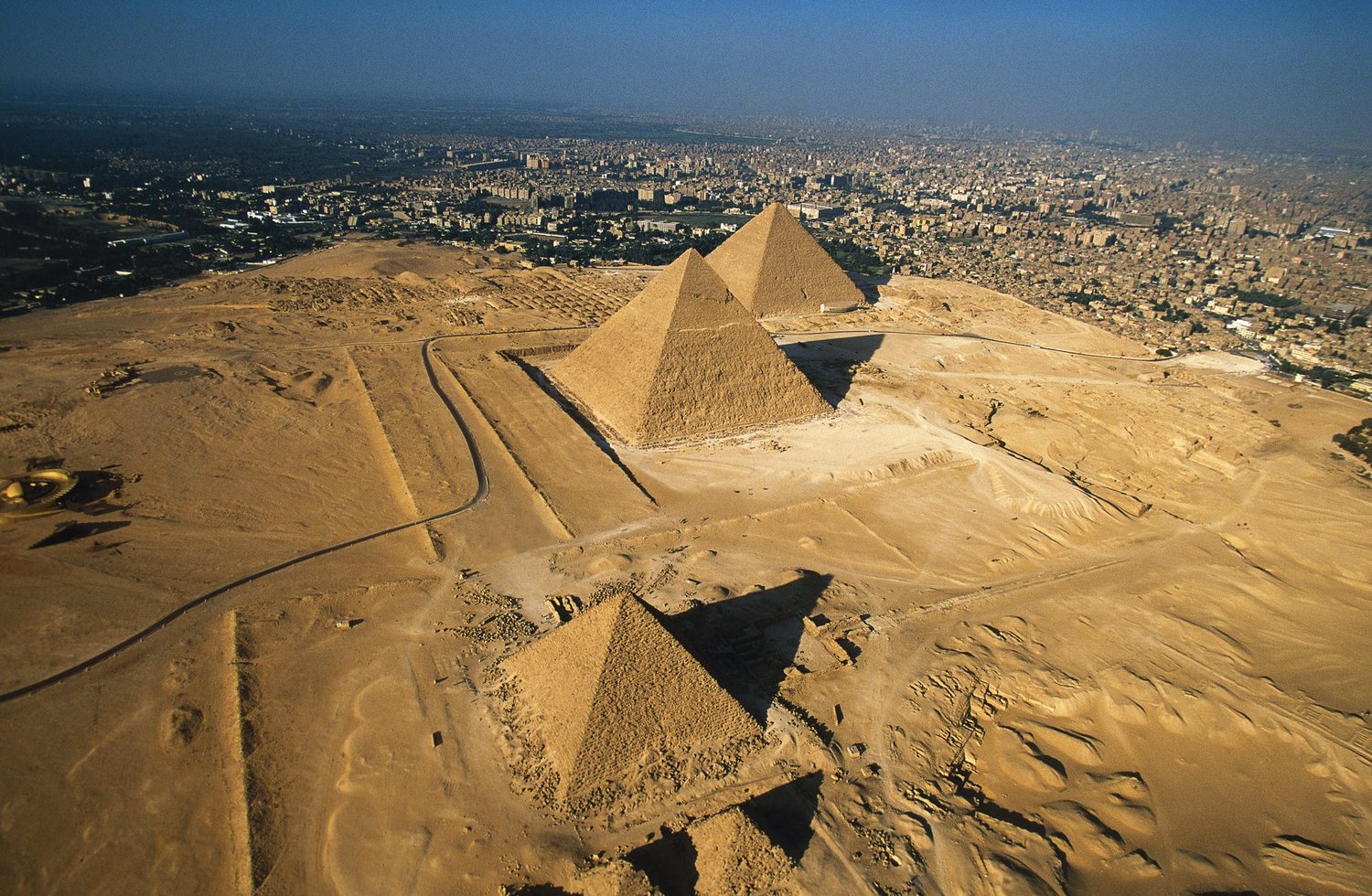
The Pyramid Mystery Solver
An archeologist named Glen Dash claims to have discovered the long awaited solution to the Pyramid Mystery. Dash is located in Connecticut and boasts a career spanning nearly fifty years as an archeologist. With his extensive experience and expertise in archeology, especially in all things related to Egypt, Dash makes significant breakthroughs in the field, commanding considerable credibility.
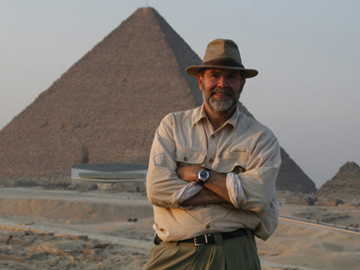
In 1996, Dash established the ‘Glen Dash Foundation of Archeological Research’ further showcasing his dedication to the study of ancient civilization. Additionally, Dash has dedicated ample amount of time to conducting research in Giza.
Remarkable Discovery About The Pyramid Diagonal
After thorough and extensive research, Glen Dash confidently proclaims that he has successfully revealed the long held mystery of three majestic pyramids. His unwavering dedication to understand the construction techniques used by the ancient Egyptians has left every one astounded. As a result, Dash has meticulously analyzed every aspect of their methodology and ultimately arrived at a profound and enlightening conclusion.

Dash has illuminated the precise and intricate methods employed by the ancient Egyptians, unveiling the secrets that have remained hidden for centuries. His ground breaking findings not only provide a deeper understanding of the Pyramid’s alignment but also offers invaluable insights into the remarkable engineering prowess.
Dash’s research stands as a testament to the enduring fascination and awe-inspiring nature of this architectural wonder.
Former Assumptions About The Pyramid Mystery
Naturally, the archeologist mentioned is not the only one who has proposed a compelling hypothesis about the Egyptian Pyramids. In 2000, Kate Spence, a renowned archeologist from Cambridge University, presented her own theory in an article published in the prestigious Nature Journal. Spence’s theory states that the Pyramid of Giza were meticulously constructed to align precisely with a north-south axis. To achieve this, the Egyptians relied on the stars Mizar and Kochab, which served as their guiding celestial markers.

This alignment not only showcased the Egyptians advanced astronomical knowledge but also emphasized their deep connection to the cosmos. It is important to note that spence’s theory is not the only one that has gained popularity over the years.
There are other intriguing hypotheses that have emerged further fueling the ongoing debate surrounding the Egyptian Pyramid.
Subject In Question: Alignment Of Pyramids With The Orion Belt
The most widely accepted theory in the field of Egyptology suggests that there exists direct connection between the arrangement of the Pyramids at Giza along with the three stars forming Orion’s Belt. The ancient beliefs root this theory. These stars hold a significant importance for the ancient Egyptians, particularly in relation to their deity Osiris, who symbolized rebirth and afterlife.
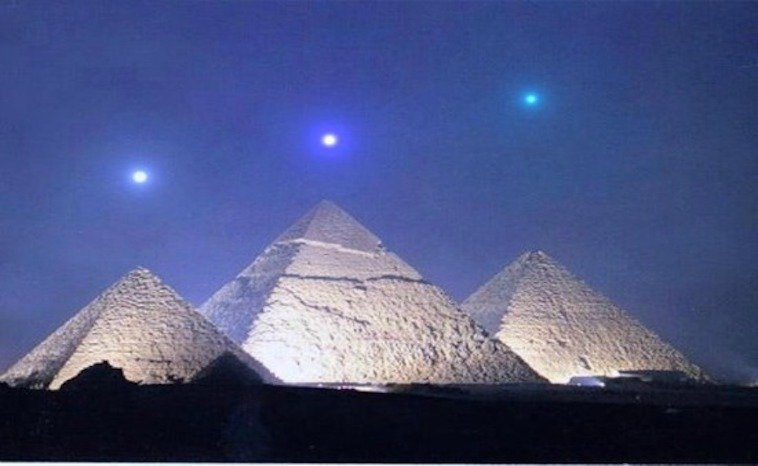
While there has been an ongoing debate regarding the credibility of this theory, it appears that Glen Dash has debunked them all.
Decoding The Pyramid Mystery
It’s the fact that the Pyramids of Giza are the most famous pyramids worldwide and their significance in Egypt. These majestic and are located approximately eight miles away from Cairo, the capital of Egypt. The iconic are does not only comprises of the pyramids but also jaw dropping architectural wonders. Great Sphinx, a collection of burial grounds that hold the remains of the ancient pharaohs and even a glimpse of the ancient settlement.

The Pyramids of Giza and their surroundings without a question have much more to offer than what initially meets the eyes.
Psst! Maybe this a sign for you to pay a visit to Egypt.
Getting Into The Details
In order to fully grasp the immense magnificence of the Pyramids, it is essential to analyze their dimensions. The Great Pyramid of Khufu, currently stands at the height of 455ft. This towering structure built in ancient times. This towering structure built in the ancient times, reached an even more impressive height of 481ft. The pyramid of Khafre is situated southwest to Khufu’s pyramid. This majestic pyramid measure 448ft in height, showcasing the remarkable engineering skills of the ancient Egyptians.

The pyramid of Menkaure, the smallest among the three, stands at a modest 204ft. Originally, this pyramid stood a slightly taller height of 215ft.
The varying heights of these pyramids highlight the unique characteristics and historical significance of each structure.
Who Built The Pyramids?
The pyramids of Giza, one of the most iconic ancient structures in the world, have been a subject of fascination and debate for centuries. One prevailing belief that has endured is that these majestic monuments were built by the slaves. Researchers have questioned the long-standing theory in recent years, proposing an alternative perspective instead. According to this viewpoint, the workers were not slaves but individuals who compensated for their efforts.
This alternative theory is supported by compelling evidences that challenge the construction of the pyramids.
The Mystery Behind Transportation
The transportation of the massive stone blocks to the construction site of the pyramids have been a subject of great interest and speculation for many years. The researchers from the University of Amsterdam have proposed a fascinating theory suggesting that unique methods were used to move the colossal blocks. Egyptians may have moistened sand under sleds, lessening friction and aiding in transporting heavy loads, as per their discoveries.
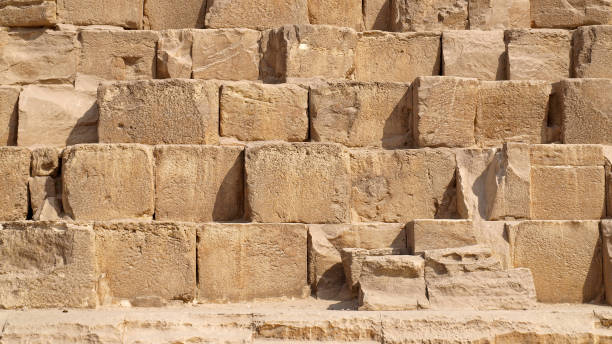
This theory has sparked much discussion and debate among the experts and debate among the experts in the field. While some are intrigued by the idea, others remain skeptical and are not yet convinced.
Currently, no one has reached a definitive consensus on the exact method employed to achieve this engineering marvel.
The Objective Behind The Pyramids
In order to unravel the timeless enigma surrounding the Pyramids, the archeologists work tirelessly. They face the daunting task of ascertaining the true purpose behind these magnificent structures. The Ancient Egyptians primarily constructed the Pyramids to serve as intricate tombs for their Pharaohs, as widely accepted among scholars. These monuments not only housed the mummified remains of the Pharaohs but also contained various tool and treasures that the Egyptians believed would accompany them in afterlife.
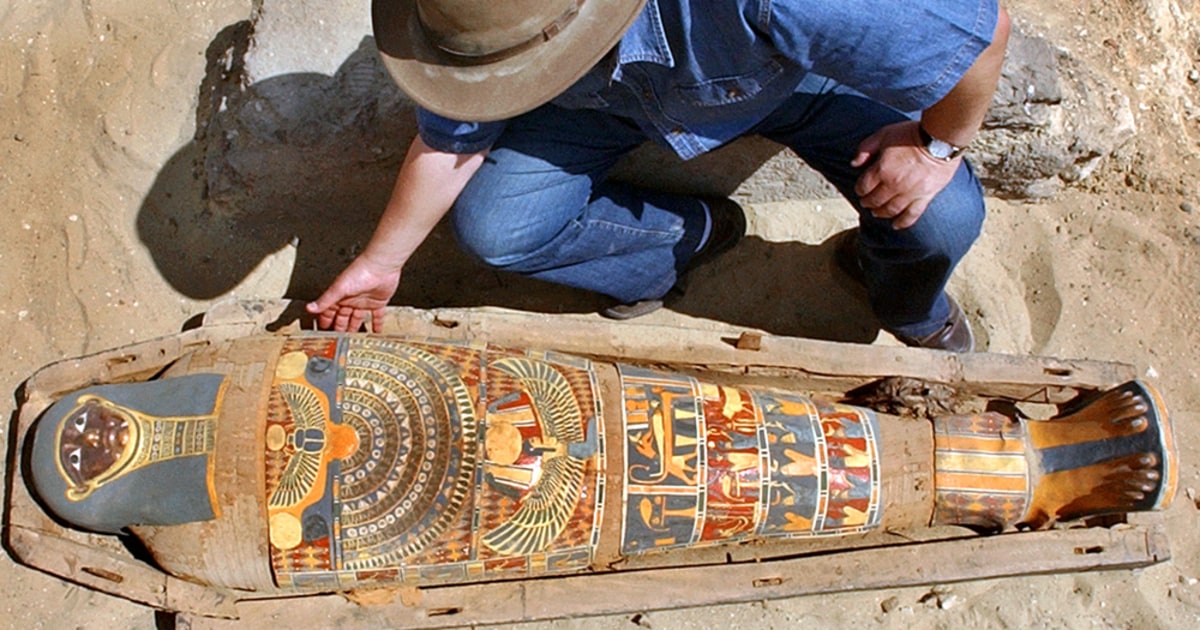
Despite extensive research, the exact whereabouts of these remains and artifacts continue to elude researchers, adding more to the pyramid mystery.
Abducted Artifacts
While there are many mummies on display in museums worldwide, the mummified remains discovered in the Pyramids of Giza have remained enigmatic. The looters are believed to have stolen a substantial portion of the remains and valuable artifacts. Several pharaoh’s artifacts were abducted shortly after their burial in these tombs.
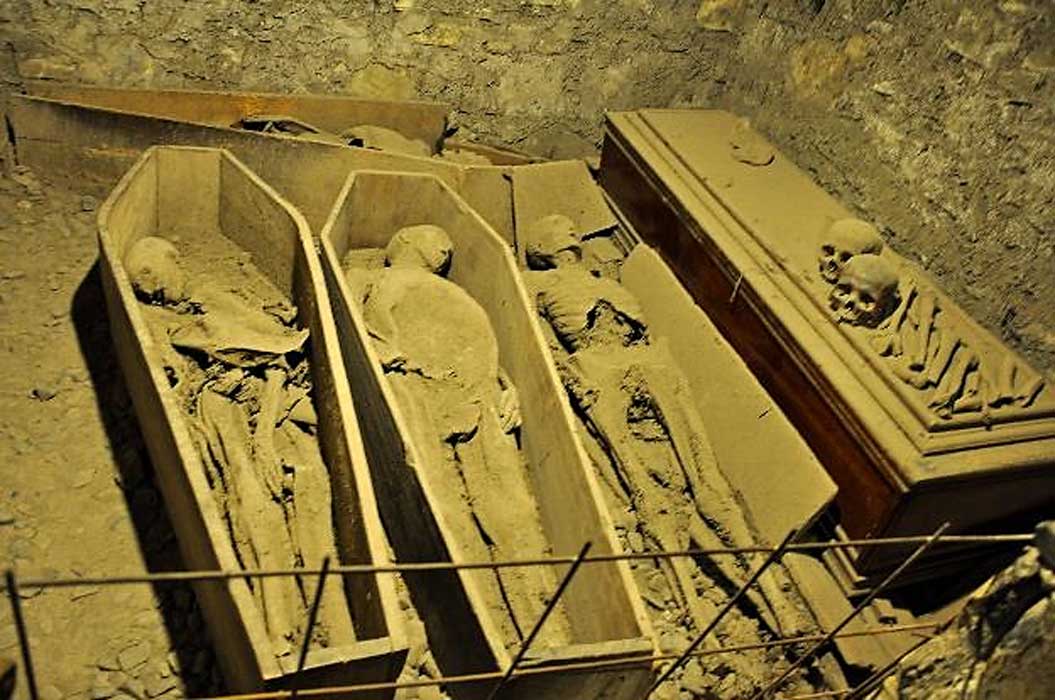
The thieves found the pyramids an appealing target, leading the Egyptians to choose the Valley of Kings as the burial site. Later, Tutankhamen and other pharaohs were buried in that place.
Super Smart Ancient Architects
Egyptologists have engaged in lengthy and extensive discussions regarding the measurement techniques employed in the construction of the pyramids. The majestic structures, built a thousands of years ago, continue to enchant the imagination of historians and researchers. The precise methods employed by the Egyptian architects to measure and assemble these monumental structures have remained a subject of intense speculation and fascination. Although some propose using mathematical principles such as Pythagoras theorem, the golden ratio and P.i to add mathematical precision to their construction.
The Best So Far
Glen Dash’s theory offers an intriguing perspective on how the Egyptians aligned the Pyramids, although it does not definitively prove the method. The Egyptians used construction techniques that this alternative viewpoint sheds light on, presenting a feasible approach. During the autumn equinox, we gain a new dimension in our understanding of the planning and execution involved by using shadow lines. The alignment of the pyramids in relation to the sun’s movement provides a fresh perspective on the engineering prowess of the Egyptians, according to Dash’s theory.
On the contrary, researchers are likely to make further advancements in their understanding of the pyramids as they continue to explore and analyze the evidence. Dash’s theory therefore stands as a significant addition to discussions on Egyptian architecture, enriching ongoing scholarly discourse on the subject.